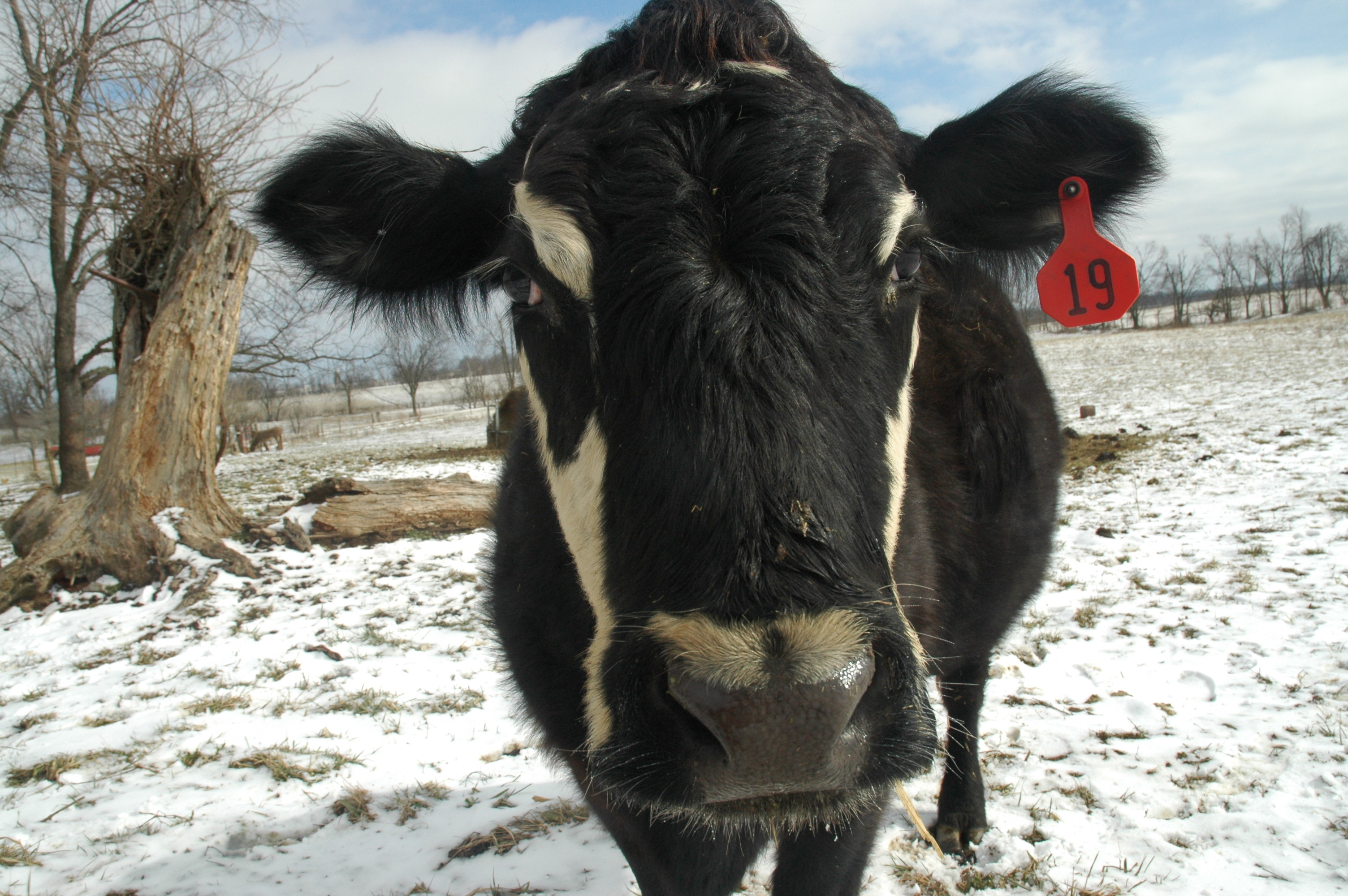For all the strengths of these alternatives, however, they’re ultimately a poor substitute for industrial production. Although these smaller systems appear to be environmentally sustainable, considerable evidence suggests otherwise.
Grass-grazing cows emit considerably more methane than grain-fed cows. Pastured organic chickens have a 20 percent greater impact on global warming. It requires 2 to 20 acres to raise a cow on grass. If we raised all the cows in the United States on grass (all 100 million of them), cattle would require (using the figure of 10 acres per cow) almost half the country’s land (and this figure excludes space needed for pastured chicken and pigs). A tract of land just larger than France has been carved out of the Brazilian rain forest and turned over to grazing cattle. Nothing about this is sustainable.
This is not the first time the New York Times has given the prime real estate of its op-ed page over to James McWilliams, who has made a career out of tut-tutting the naivete of locavorism. It’s an easy target in some respects. But at least one of the claims he regularly trots out as fact — that raising livestock on pasture is worse for the environment than raising them in confinement — strikes me not only as counter-intuitive, but also flat-out wrong.
Tom Philpott, writing in Mother Jones, cites a recent study by researchers from Stanford and Purdue Universities:
The authors create a model in which the US government cancels ethanol mandates, which would basically destroy the corn ethanol market and cause the price of corn to drop. If farmers responded to low corn prices would give farmers incentive to let their cropland revert to native prairie and put beef cows on it to graze, they argue, their land would store significant amounts of carbon in soil—more than offsetting cow-related greenhouse gas emissions like methane—thus helping stabilize the climate. Their bottom line:
Results indicate that up to 10 million ha [24.7 million acres, more than a quarter of land currently devoted to corn] about of could be converted to pastureland, reducing agricultural land use emissions by nearly 10 teragrams carbon equivalent per year, a 36% decline in carbon emissions from agricultural land use.
I have written before about McWilliams and the opportunities awaiting ambitious academics willing to crank out faux-contrarian arguments that, regardless of intent (McWilliams is a vegan) have the effect of bolstering the status quo (in this case the industrial meat system). Tom Laskowy has coined a name for this sort of thing: the FUDosphere (FUD standing for Fear Uncertainty Doubt), “a network of Sith-lord scientists and unrepentant PR flacks who have no compunctions about tweaking their research methodologies … to generate results both favorable to industry and confusing to those trying to understand the truth.”
God, I’ve totally forgotten that I’ve written on this subject at least three times in the past. But it’s kind of important to me personally. I raise a small herd of cattle on pasture, using intensive management techniques. I’ve invested in Philpott and the Stanford/Purdue study being right. And I know scientific studies offer results that are often all over the map. Might I suggest a debate between McWilliams and Philpott on this very topic?


